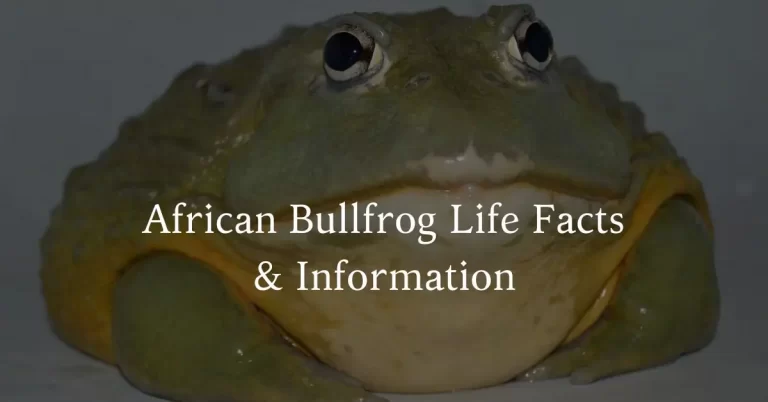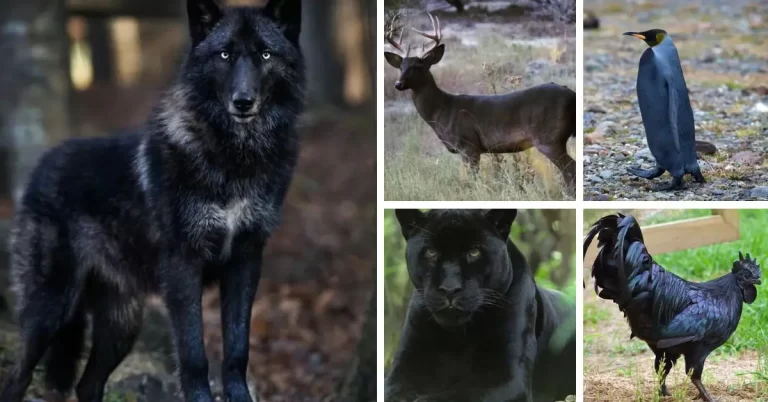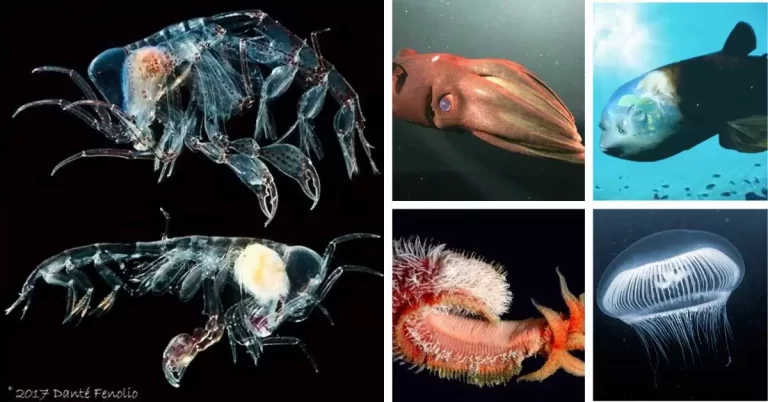The world was trembling with the name of the giant ancient snake Titanoboa

Whenever the world’s largest snake is mentioned, the image of giant snakes like Anacondas and Pythons emerges in the mind. But if I tell you that centuries ago this earth has been the witness of an even bigger, heavier, and gigantic snake, in front of which Anaconda and Python are still drinking milk.
What would you say if a snake could touch the clouds with its hood while on the earth? Yes, I am talking about the Titanoboa monster snake. In this article, we are going to investigate the existence of this snake. Along with this, we will also throw light on some very exciting facts related to it.
.
Titanoboa Snake
About 60 million years ago, when the dinosaurs died out, the place of the apex predator on the earth became empty. To fill the top space of the food chain, someone had to come forward. In such a situation, mammals and reptiles took the lead, and the creatures that survived after the destruction of dinosaurs had a good chance. This was the time to flourish and develop when the world’s most dangerous reptile i.e. Titanoboa Snake came into existence.
Titanoboa was the largest prehistoric snake that belonged to the Boa family of snakes. Those snakes come from the Boa family, which are very large in size and without venom. Snakes of the Mainly Boa family are found in the American continent. That is, the snake can be considered the ancestor of today’s Boa constructor and Anaconda. This snake was considered a very dreaded and deadly hunter of its time, whose terror was all over the earth.
.
The time period that Titanoboa live on Earth.
As we talked about, these snakes emerged after dinosaurs. That is, they had nothing to do with dinosaurs. According to scientific opinion, the Titanoboa monster snake occurred about 60 million years ago and it ruled the earth for about 5 million years. This time period is called the Paleosol period.
.
The places where Titanoboa lived
We have known that Titanoboa has been the ancestor of today’s Anaconda, so it is obvious that where Anaconda is found today, Titanoboa also used to inhabit snakes. That is America. The first largest dense and most diverse forest on the earth is Amazon. Amazon is considered the pride of South America. In this forest, these snakes had their abode and terror was also there.
.
When were Titanoboa snakes discovered?
Science forms its opinion only on the basis of facts and evidence. In such a situation, apparently, evidence of the existence of Titanoboa must have been found somewhere. Yes see you In 2009, the Cerejón Formation coal mines in northeast Colombia provided evidence of the biggest snake that ever lived on Earth.
In the initial investigation of the fossils found here, they have termed fossils of a giant crocodile. Later it was again believed that these fossils are not of any crocodile but of a snake and there is no such snake but the world’s biggest snake Titanoboa Fossil to date.
.
Size of Titanoboa
We have been saying time and again that Titanoboa was the largest snakes in the world, but do you have an idea of Titanoboa’s size? Its size has been estimated from the study of Titanoboa snake fossils found in a coal mine. You will be blown away knowing that these snakes used to be about 13 meters (43 feet) long. If the average size of today’s anaconda is only 15 to 20 feet. That is, Titanoboa used to be more than twice as long as Anaconda.
To date, the largest anaconda was also found to be only 29 feet. You can guess from this how terror would have been for Titanoboa in its time and hearing its breadth, your ears will stand up. The diameter of these snakes used to be about three feet. That is, if you guess, a child of the 5th class can only lie horizontally on this snake. On the other hand, if we talk about their weight, then they used to weigh about 1,135 kg. That is, about 4.5 times heavier than today’s Anaconda.
I think now there will be no doubt left in your mind regarding the size of Titanoboa. Although some scientists also believe that it is very difficult to find the fossils of snakes. In such a situation, it is very possible that Titanoboa is bigger than this estimated size. Thank God that this snake is no longer alive.
.
Hunting Techniques of Titanoboa

Like Anaconda and Boa Constructor, Titanoboa is a non-venomous snake. Therefore, their hunting techniques were also very similar to these snakes. They used to hide in clear water or between trees and plants so that their prey could not see them and then they used to pounce on their prey as soon as they got a chance. In this instant, their huge jaw and back teeth were very effective.
Only after catching the prey, do they wrap themselves completely around it and suppressed it with full force. This pressure used to be around 400 PSI. That much pressure is enough to make any animal bone powder. This process of crushing is called constriction.
Titanoboa snakes continue this process of constriction until then. Unless the victim dies of suffocation or heart failure. When the prey stopped breathing, they opened their big jaws and swallowed it whole. Modern Day’s Anaconda and Boa constructors also follow this method of hunting.
.
Diet of Titanoboa
Obviously, the size of the Titanoboa snake is as big as that. Its diet is also very high. As we talked about, it used to spend most of the time in the water. In such a situation, their victims were also mainly marine creatures. Creatures like big fish, reptiles, and Crocodylomorpha were included in the list of their prey. Crocodylomorpha used to be very large crocodiles of that time, which were many times larger than today’s crocodiles.
.
How did Titanoboa grow so big?
As we know, reptiles are cold-blooded creatures. Titanoboa was also no different from them and on studying the cold-blooded creatures present today, it is known that the size and activity of such creatures depend on the temperature of their environment. Actually, cold-blooded creatures cannot control the temperature of their Own bodies like humans. That is, if the outside temperature is high then their body starts heating up and if the outside temperature is low then their body starts cooling down.
Therefore, in the parts of the earth where the temperature is high, the size of the cold-blooded creatures found there is also comparatively more and they are also highly active. If we try to understand it from the globe of the earth, then we will see that most of the world’s big cold-blooded creatures live around the equator, because here the temperature is highest. As we move further away from the equator, the temperature drops, and hence the size of the cold-blooded creature gets smaller.
When the asteroid collided with the Earth and about 75% of the Earth’s species, including dinosaurs, were extinct. At that time the temperature of the earth used to be 15 to 20 degrees Celsius higher than today. This warm and human climate was very favorable for reptiles, and during this time they developed rapidly, Titanoboa was also one of them, developed in those parts of America’s forests as the equator passed through.
According to scientists, at that time the temperature of the Amazon forest used to be around 32 to 35 degrees Celsius, then it was about 8 to 10 degrees Celsius more than the temperature of today. That is, the Amazon season was the most favorable for Titanoboa to grow and that is why it kept on growing and transformed into the shape of a terrible demon.
.
How did Titanoboa go extinct?
If the Titanoboa snake was so big, then obviously no one could beat it, nor could anyone hunt it. In such a situation, the question arises that what happened then that this snake became extinct. Scientists consider many reasons for this, but the main reason among them all is climate change.
The Earth was slowly cooling down over time and Titanoboa could not adjust to the falling temperature. The increasing cold became the biggest problem for this snake and gradually the existence of Titanoboa merged in history.
However, according to the theory suggested by some scientists, it is feared that Titanoboa and other such reptiles may re-emerge as the Earth’s temperature is rising once again due to global warming.
If the temperature continues to increase in this way, then the size and activities of the existing reptile will also increase and it is possible that the world can once again see the comeback of the Titanoboa monster snake, So friends then you saw how the world’s largest snake emerged and how it ended.
FAQs:
How big was Titanoboa?
The Titanoboa was an enormous snake, believed to be the largest snake ever to have lived on Earth. Scientists believe it reached lengths of up to 40 to 50 feet (12 to 15 meters) and weighed between 1,000 and 2,500 pounds (450 to 1,135 kg), based on fossil evidence. Its massive size and weight made it significantly larger than any modern snake species.
Is the Titanoboa still alive?
No, the Titanoboa is not alive today. It is an extinct species of snake that lived approximately 60 to 58 million years ago, during the Paleocene epoch. Fossils of the Titanoboa have been found in South America, and they indicate that it was one of the largest snakes that ever lived, reaching lengths of up to 13 meters (43 feet).
Where did the Titanoboa Live?
The Titanoboa is an extinct species of snake that lived approximately 60 million years ago in what is now the La Guajira Peninsula in northeastern Colombia. Fossils of the Titanoboa have been found in the Cerrejón coal mine, which was once a tropical rainforest environment.
How did the Titanoboa go extinct?
Although the precise reason for Titanoboa’s extinction is still unknown, it is thought that climate change, habitat loss, and the lack of suitable food may have all had a role in the creature’s demise. As the global climate shifted and ecosystems transformed, the conditions that favored the existence of Titanoboa may have become less favorable.
When did the Titanoboa go extinct?
The Titanoboa went extinct approximately 58 to 60 million years ago. The Paleocene era, which encompasses this time period, was just after the Cretaceous period’s conclusion and the extinction of the dinosaurs when this event occurred, which is when it is located in time. Titanoboa thrived during the early stages of the Paleocene, but its existence came to an end as environmental conditions and ecosystems shifted during this time.
How to tame Titanoboa?
I’m sorry, but taming a Titanoboa is not possible as they are extinct. Titanoboa lived millions of years ago and was a wild, prehistoric snake. The concept of taming specifically refers to domesticating or training living animals, which is not feasible for an extinct species.
How to get Titanoboa eggs?
Obtaining Titanoboa eggs is not possible as Titanoboa is an extinct species. They existed millions of years ago and their eggs, if any were preserved, would also be fossilized. Titanoboa fossils have been found in certain regions, such as the Cerrejón Formation in Colombia. If you are interested in studying Titanoboa, I recommend researching and visiting museums or academic institutions that have Titanoboa fossils on display to learn more about this fascinating prehistoric creature.
Read Also:
- Komodo Dragon -The biggest lizard in the world
- Top 10 Most Venomous Animals In The World
- 7 World’s largest extinct birds






